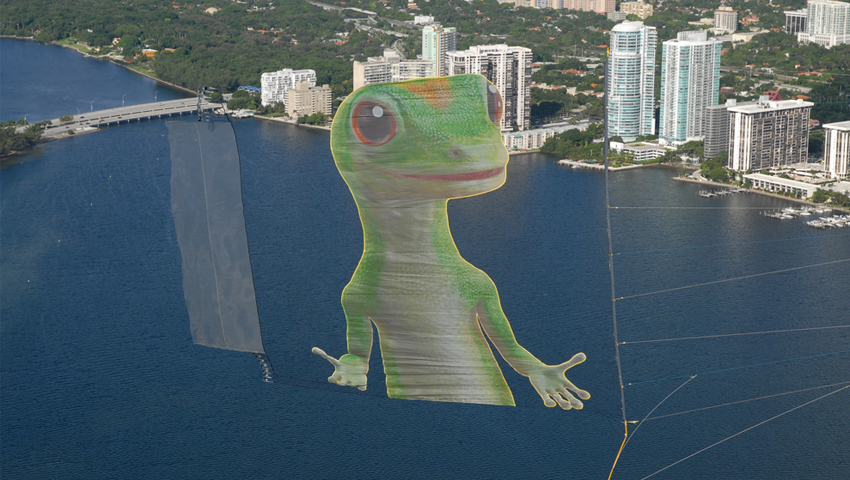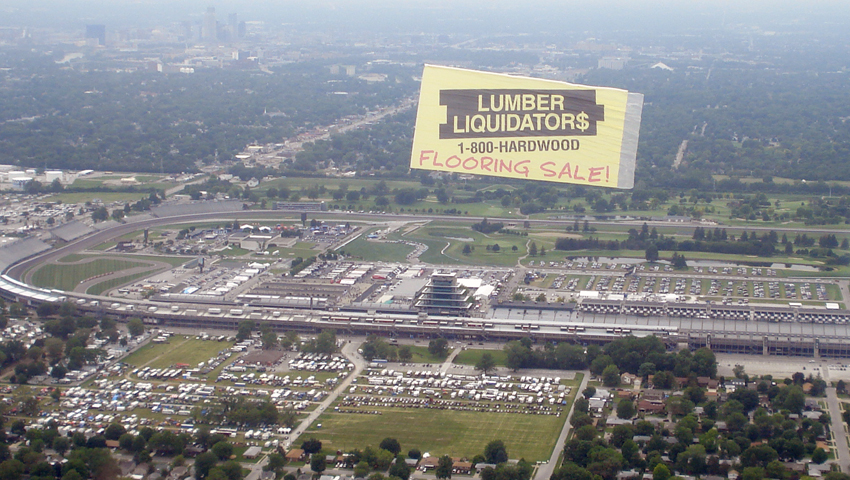3 Steps For Integrating An Aerial Ad With An Existing Campaign April 28, 2014

It’s simple to integrate aerial advertising with existing campaigns to create a multi-channel ad approach that reaches target demographics wherever they’re located.
Aerial advertising is just like any other campaign, except it’s above the rest — literally.
Traditional advertising can be cluttered. People tend to tune out TV commercials, newspaper ads and marketing emails they see every day, and there are so many that no one pays attention for very long. Aerial advertising allows businesses to deliver their message to consumers in a novel and clutter-free environment that integrates beautifully with other less commonplace media such as outdoor and experiential events.
While it’s a unique medium in which to deliver your message, there’s no need to deviate from your existing campaigns. Simply integrate aerial with efforts already underway to build brand awareness and drive revenue.
Geico is a great example of a company that gets its name out in as many ways as possible. It’s tough to escape Geico — the insurance company’s name is everywhere. From print to billboards to radio and television to aerial, Geico has made its name synonymous with car insurance.
Integrating its existing campaigns was simple. Geico took one of its most iconic images — the Gecko — and put it on a die-cut airplane banner. Such plane banners are very eye-catching because they create the illusion that an image or brand is “floating” through the sky.
With a nearly transparent background, die-cut banners highlight the key elements of a brand with a single, dramatic image. The Geico die-cut banner makes it appear as if the Gecko is soaring through the air.
Any company is able to do what Geico did. Here are three steps for integrating aerial ads with an existing campaign:
1) Identify a target audience: Who are you trying to reach? Advertisers have the power to reach any demographic with aerial marketing, whether it’s men or women, younger or older audiences, or young professionals or families. You’ve probably already segmented and built personas, or profiles, of your existing and target audiences.
2) Create an event list: Once you know who you’re trying to reach, identify where your targeted audience will be gather to maximize the impact of your aerial advertising. Marathons are great for targeting athletes, for example, and spring break destinations are good places to advertise to college students. The Indianapolis 500 and Daytona 500 are spectacular events if you’re targeting towards men between the ages of 18 and 44.

3) Develop an integrated campaign: Create an aerial campaign that builds off an existing brand or image. Just like Geico, PopChips is a business with a good integrated strategy. It flies airplane banners on both coasts in Florida, in addition to its kiosks on the ground and broadcast commercials. The idea is to reinforce brand recognition in as many ways as possible.
You also want to keep in mind that roughly 58% of your target has a smart phone. Integrating a call to action, like “tweet this” or “hashtag” or even “call now” will give your campaign even more punch. This provides even more robust potential to integrate your aerial message with your call to action. Especially if your target is Twitter savvy.
Integrating aerial into your overall marketing campaign offers a fun and effective way to increase awareness about your product or service. Don’t reinvent the wheel. Instead, build on previous successes to take your brand to the next level

